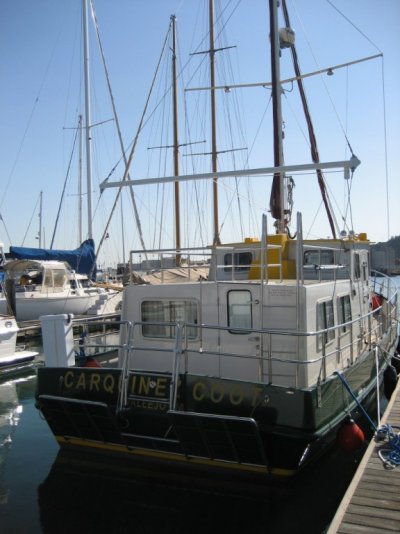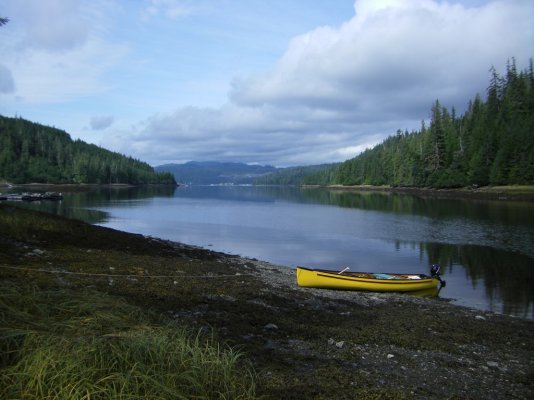Hello,
I was in a* discussion with a friend about dock lines and how many I "needed" on my boat.* I have a line for every cleat so four to a side.* My friend felt like that was just too many lines to deal with.* I like them where we do not have to move them from side to side but he felt that moving them was the way to go.* All my lines are set so their length is correct to avoid prop wrapping should one of them get loose or not get stowed properly.
So........how does everyone out there have their lines setup?
Our boat is a Willard 30/4 so I am sure it is different for different length boats.
*
Thanks,
Keith Olive
I was in a* discussion with a friend about dock lines and how many I "needed" on my boat.* I have a line for every cleat so four to a side.* My friend felt like that was just too many lines to deal with.* I like them where we do not have to move them from side to side but he felt that moving them was the way to go.* All my lines are set so their length is correct to avoid prop wrapping should one of them get loose or not get stowed properly.
So........how does everyone out there have their lines setup?
Our boat is a Willard 30/4 so I am sure it is different for different length boats.
*
Thanks,
Keith Olive

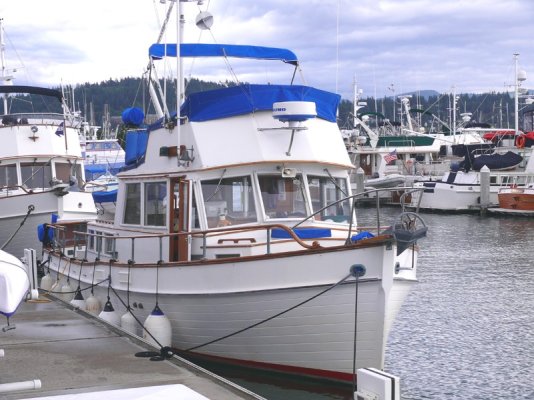
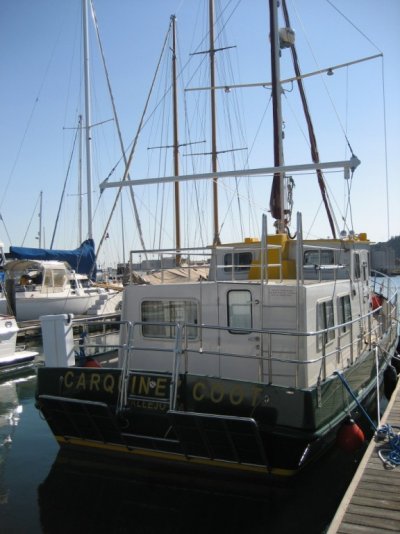
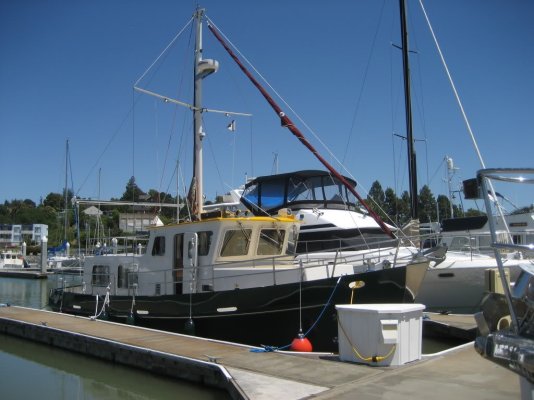
![img_1080[1].jpg](/data/attachments/9/9183-b4d64505702e4da493e8d3d74323d491.jpg)



